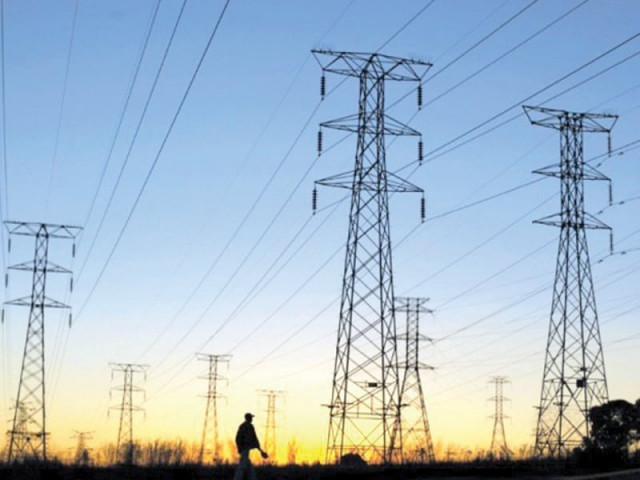CASA-1000 project: Pakistan, Central Asia to discuss power price
Delegation leaving today for dialogue with stakeholders in Washington.

Even in conservative prospect there will be sufficient volume of energy and water resources in Tajikistan to maintain the required electricity generation needed for CASA-1000. PHOTO: FILE
At a time when the government is struggling to find a way to press on with the gas pipeline project with Iran, which risks US sanctions, Washington is pressing Islamabad to strike a power import deal with the Central Asian states in upcoming talks in the US.
The four countries, which are part of the Central Asia South Asia (CASA) 1000 power supply programme, have already signed an inter-governmental council resolution that defines project structure and key commercial principles, signalling their commitment to developing the project this year.
According to officials, a Pakistani legal team has already reached Washington whereas a working group will leave today (Wednesday) to hold talks over power price with other stakeholders for transmission of 1,300 megawatts of surplus electricity from Tajikistan and Kyrgyzstan through war-torn Afghanistan. Of the total quantity, Kabul will consume 300MW.

US authorities believe that the Iran-Pakistan (IP) gas pipeline is not a viable project, which is in an advanced phase, and describe the TAPI gas pipeline and CASA-1000 power supply projects as ideal. In both these projects, the pipeline and power lines will pass through Afghanistan, which has seen decades of instability.
Experts are of the view that power and gas import from the Central Asian states appears to be a dream as it will be very difficult to ensure the security of infrastructure for the Afghan government. They point out that after the withdrawal of Nato forces by the end of this year, the security situation may worsen there.
Financing and cost
According to government officials, the World Bank and the Islamic Development Bank (IDB) have agreed to provide $1 billion in financing for the power import project and the remaining funding needs will be met by participating countries.
Representatives of the World Bank and IDB will also participate in the US talks to discuss the modalities of financing.
In the final feasibility study of the CASA-1000 conducted in February 2011, the surplus capacity of Tajikistan and Kyrgyzstan for electricity export was reassessed. About 3,700 gigawatt-hours (GWh) are expected to flow by 2016.
However, the catch is that under the “No generation expansion scenario”, power export will decrease every year in the wake of a rise in demand in Tajikistan and Kyrgyzstan. Moreover, the energy will not flow throughout the year and will be available from April to September only.
According to a study, the cost of power transmission is estimated at 3.37 cents per unit, which will go up to 7.26 cents by 2030. The levelised cost – the price at which electricity must be generated from a specific source to break even over the lifetime of the project – will be 5.38 cents per unit for 15 years and 4.94 cents for 30 years.
Projected sale price of Tajikistan is 1.5 cents per unit and of Kyrgyzstan is 2.5 cents per unit.
During the upcoming meeting, legal consultants will also discuss important project agreements including the master agreement, power purchase agreements and coordination agreement. Other preparatory activities pertaining to financing, selecting a developer and operator, finalising environmental and social assessment and a benefit-sharing plan for communities living around the corridor of the transmission line will also be taken up.
Feasibility
According to Tajikistan embassy in Pakistan, Tajikistan after being disconnected from Central Asia’s energy grid has no other option but to sell surplus electricity in the summer to South Asian countries.
It will also help build close economic relations with Kyrgyzstan, Afghanistan and Pakistan. “It will help Afghanistan demonstrate its viability as a transit country linking the two regions,” the embassy said.
It said Canadian company SNC Lavalin, which has conducted the feasibility study, justified the viability of CASA-1000 based on the current and projected volume of spill water of hydropower plants in Tajikistan in the May-September period.
According to calculations, even in conservative prospect without taking into account the growth of energy generation until 2035, there will be sufficient volume of energy and water resources to maintain the required electricity generation needed for CASA-1000.
“According to information from our Afghan colleagues, the possibility of construction of the second line over Salang Pass has been endorsed by Fitchner (engineering) company,” it said.
Published in The Express Tribune, February 12th, 2014.
Like Business on Facebook, follow @TribuneBiz on Twitter to stay informed and join in the conversation.



















COMMENTS
Comments are moderated and generally will be posted if they are on-topic and not abusive.
For more information, please see our Comments FAQ